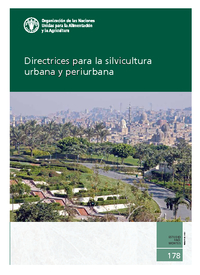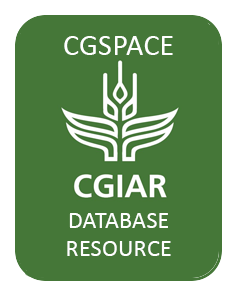The purpose of this Act, consisting of 294 sections divided into fourteen Parts and completed by one Schedule, is to re-enact with amendments the Heritage Act 1995: a) to provide for the protection and conservation of the cultural heritage of the State; b) to establish a Victorian Heritage…
Different forms of income diversification represent important strategies of farmers to either cope with the changing economic framework conditions or to valorise given territorial potentialities. Nevertheless, the decision to diversify economic activities on or off the farm will heavily depend…
The purpose of this Act, consisting of 102 sections divided into 11 Parts and completed by one Schedule, is to repeal and re-enact with amendments the Climate Change Act 2010: a) to set a long-term greenhouse gas emissions reduction target; b) to provide for the setting of 5-yearly interim…
Alternative land use remains a controversial issue in Indonesia, particularly with regard to regions outside Java. This paper aims to highlight forest land use dynamics in Indonesia, and particularly the difficulties of resolving the conflicts between conservation, the need to preserve local…
Author Posting. © The Author(s), 2005. This is the author's version of the work. It is posted here by permission of Blackwell Publishing for personal use, not for redistribution. The definitive version was published in Restoration Ecology 14 (2006): 220-232, doi:10.1111/j.1526-100X.2006.…
Fire and timber harvesting can diminish the extent of older forests in the near term. The amount and configuration of mature and regenerating forest in the landscape (landscape structure) influences habitat suitability for mature-forest-associated species. We applied spatial analysis to describe…
Reducing uncertainty in forest carbon estimates at local and regional scales has become increasingly important due to the centrality of the terrestrial carbon cycle in issues of climate change. In Victoria, Australia, public natural forests extend over 7.2 M ha and constitute a significant and…
Este documento es el resultado final de ese proceso. Dirigido a una audiencia mundial – que comprende las instancias decisorias urbanas, funcionarios públicos, asesores políticos y demás partes interesadas – contribuirá al desarrollo de bosques urbanos y periurbanos que ayuden a las ciudades a…
Monitoring changes in the terrestrial carbon cycle and vegetation health can only be undertaken over large areas and on a regular basis using ecological indicators derived from satellite-based sensors. Climate conditions in Mediterranean ecosystems have undergone, and are projected to undergo,…
CONTEXT: Tropical forest regeneration is increasingly prominent as agro-pastoral lands are abandoned. Regeneration is characterised as favouring ‘marginal’ lands; however, observations of its drivers are often coarse or simple, leaving doubt as to spatial dynamics and causation. OBJECTIVES: We…
Private landholders’ contributions to biodiversity conservation are critical in landscapes with insufficient formal conservation reserves, as is the case in Australia's tropical savannas. This study reports results from a discrete choice experiment conducted with pastoralists and graziers…







